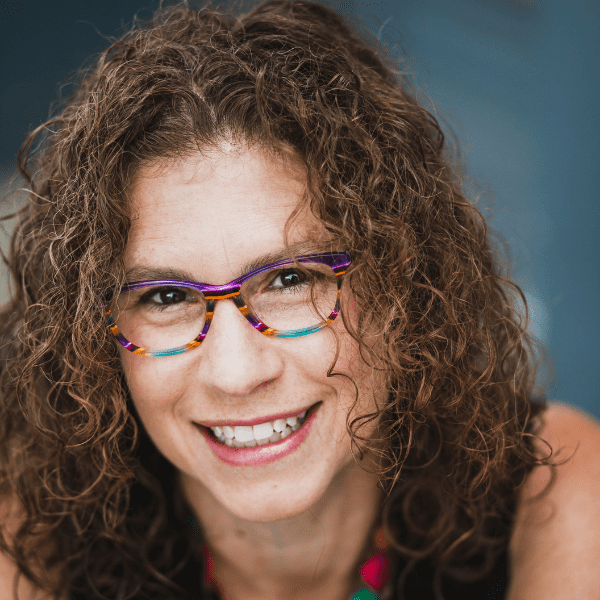My friend Helen is looking for community.
One evening, she and I discussed the difference between having connected relationships with people and experiencing community. We agreed people want more than just a few close relationships; people are hungry for true community. Though you can find community many places — at work, at school, in your neighborhood, through an online network, at your church or other local organization — it’s not automatic that where people gather, there will be community. Leaders who want to create community do so with a sense of purpose and intentionality.
To create community, leaders foster shared relationships. People feel part of a community when they are well connected in relationships. I know you, but I also know the people you know. And they know each other. To foster shared relationships, leaders facilitate this interconnectedness. The more people are interconnected, the more likely they are to have a sense of community.
To create community, leaders initiate shared experiences. When people participate in activities together, collaborating as a whole or working in small groups, relationships have a chance to grow. Even after the activity is over, shared memories with others can contribute to a sense of community.
To create community, leaders cultivate shared goals and purpose. As people rally around a shared cause or goal, a sense of community builds. People feel emboldened by others who are working toward the same purpose.
To create community, leaders celebrate shared achievement. People enjoy being a part of something bigger than themselves, knowing that their contribution makes a difference. Leaders who recognize a groups’ effort build community.
As a leader, how are you creating community in your organization?
This was originally posted at Mountain State University LeaderTalk and is re-posted with permission.

I am the founder/CEO of the Weaving Influence team, the author of Reach: Creating the Biggest Possible Audience for Your Message, Book, or Cause, and the host of the Book Marketing Action Podcast. I’m a wife and mom of three kids, and I enjoy running, reading, writing, coffee, and dark chocolate.


Excellent. I would also add that leaders cultivate shared commitments and values that transcend the project at hand and become the strong threads that continue to weave strength into the community bonds over time.
Everything you said is spot on. Good leaders are actively involved in creating connection by being inclusive, making introductions and initiating conversations.
Great post on community!
Rebecca:
I would like your permission to reprint this post on my site with full attribution to you. The site is focused on employee engagement. The site is http://www.davidzinger.com and this fits with the engagement model I offer where relationship and community are one of the key 14 dimenions. If this would be okay please email me to let me know. Thank you.
David
I think this is a marvelous post, but I think it’s worth noting that leaders have, usually, a marginal role in creating community. That’s why students of contemplatives distinguish between “community” and “intentional community.” The latter requires a method of joining and has specific rules, such as the Rule of St. Benedict. The former is what we see most of the time. It’s a group of people with a common identity who interact frequently with each other. They are formed because of the voluntary actions of the members.
I read this again as part of the leadership carnival and it really is a wonderful post Becky. It’s one thing to write, connect, to contribute – it’s another to build and be part of a community doing the same. The latter is more complete, more rewarding.